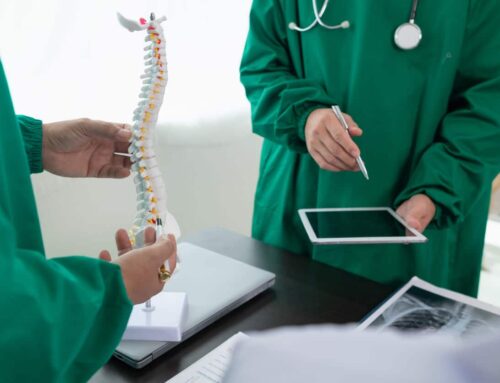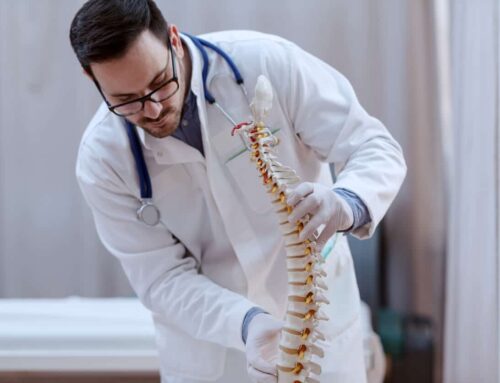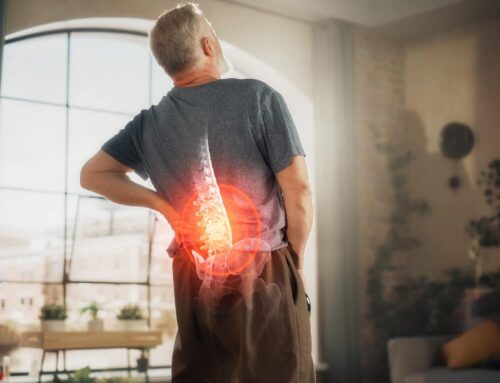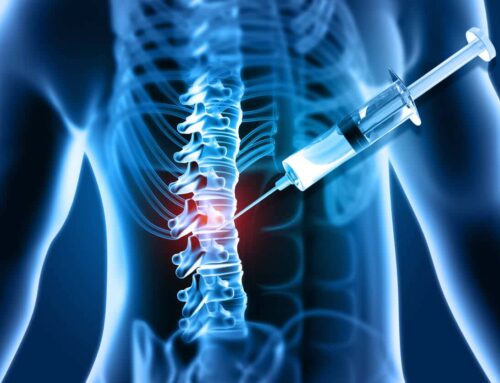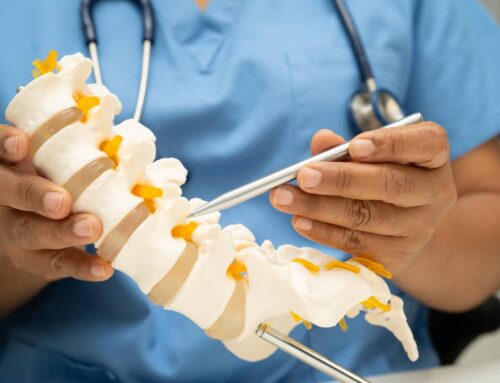Back pain is the single leading cause of disability in the world. Everyone eventually feels some type of back pain or weakness, whether it is from over-exertion, stress, injury or any other issues. Combined, Americans miss about 264 million workdays per year due to intense back pain. Back pain can be caused by many factors including, muscle injury, bad posture, obesity, prolonged sitting or lying, over-stretching, exercise, and more. Depending on your age, health and the cause of pain, your doctor will prescribe medications or recommend specific treatments like exercises, stretches, surgeries, physical therapy and neuromuscular massage therapy.
Many people use massage therapy as a way to treat their back pain. Massage therapy involves many different treatments and techniques like sports massage, deep tissue, Swedish massage and more. A type of massage therapy that many people do not know about is neuromuscular massage. While the name may seem intimidating, its results are helpful for many individuals. To help you better understand the benefits of neuromuscular massage therapy for back pain, we created the guide below.
What is neuromuscular massage?
Neuromuscular massage therapy is a form of soft tissue massage that aims to alleviate chronic muscle and nervous system disorders and problems. It is mainly used to fix trigger points, circulation, nerve compression, postural problems and repetitive movement injuries. The aim of a neuromuscular massage is to go straight to the source of your pain and alleviate it.
This form of massage therapy started in Europe during the 1930s. Stanley Lief and Boris Chaitow developed it with an emphasis on palpation to gain access to sensitive soft tissues. Neuromuscular massage therapy was introduced to the United States between the 1940s and 1950s. Dr. Janet Travell worked her way up as the main neuromuscular therapist and became the first female personal physician to a president of the United States when President John F. Kennedy needed trigger point palpation to relieve stress and spinal cramps.
Since the 1990s, neuromuscular massage therapy continues to change, as new manual techniques are discovered. As a practicing neuromuscular massage therapist, it is your responsibility to know, understand, learn and master new movements that become available. The American Academy of Pain Management recognizes that this massage method is an effective treatment for soft tissue injuries, especially in the back. With the advancement of technology, courses and people becoming massage therapists, these clinics are readily available in many areas. Depending on your area, there typically tends to be a healthy number of practicing providers in most areas. Cary Orthopaedics Physical Therapy offers neuromuscular massage as a part of our comprehensive Spine Center.
How is neuromuscular massage different from a deep tissue massage?
Many people confuse neuromuscular massage with deep tissue massage. They both dive deep into troubled spots and alleviate back pain. However, neuromuscular massage focuses on hitting the nerve while deep tissue massage focuses on troubled areas and stiff muscles, tendons and tissues deep within your skin. Deep tissue massage can be an occasional therapy while providers administer neuromuscular therapy as medical treatment that needs to occur until the patient completely heals. Neuromuscular massage therapy also treats more ailments than deep tissue massage, as the main focus of a deep tissue massage is solely to relieve tension and alleviate back pain.
Another major difference is that neuromuscular massage therapists take years perfecting their technique compared to people who focus on deep tissue massages. Since neuromuscular therapy targets the main source of pain, therapists need to know where the muscles are, how the fibers flow, understand posture and stress, and how the muscles work together. The more experience a technician has, the better your experience and reduction of pain will be. Therefore, always research your therapist before you visit them. Ask as many questions as you like. Talk to past clients and read past reviews. Always stay prepared.
What does neuromuscular massage treat?
Neuromuscular massage therapy treats a wide range of problems. Most people recognize neuromuscular massage therapy for its ability to relieve back pain or any other muscle pain, but there are more disorders and symptoms it treats, including:
- Carpal tunnel symptoms
- Sciatica symptoms
- Calf cramps
- Hip, knee and jaw pain
- Headaches
- Temporomandibular joint pain (TMJ disorders)
- Iliotibial band friction syndrome
- Plantar fasciitis
- Tendonitis
Scientists, doctors and massage therapists continue to study and test neuromuscular massage therapy to determine if this massage therapy can treat other ailments and pain areas. Since neuromuscular therapy focuses on trigger points, it can also treat strained muscles and other tense areas. Before settling on neuromuscular massage therapy, if you have any of the disorders or issues above, consult your doctor to make sure it is the right treatment for you.
What are the benefits of a neuromuscular massage?
Luckily, there are many benefits that come with neuromuscular massage therapy. The main one is that it reduces or alleviates muscle pain. Excessive use can cause muscle weakness, which prevents these muscles from contracting correctly. Neuromuscular massage focuses on these weak or trigger points and releases the pain.
Another major advantage of this form of massage therapy is an increase in flexibility. Once muscles contract or tense up, they have limited movement. These muscles also lack blood flow, oxygen and nutrients. Specific neuromuscular massage techniques break up these tensed areas and let your muscles receive the right amount of blood and oxygen.
Other benefits from neuromuscular therapy include an increase of energy levels, improvements in blood circulation, balanced musculoskeletal and nervous systems, lowered body toxin levels, and improvements in overall posture. It can also help you relax and feel less tension days after an appointment. Neuromuscular massage patients tend to feel happier and less stressed as well. However, every person is different, and you may feel some of these benefits or only a few.
What can you expect during a neuromuscular massage?
Just like any other massage appointment, you will go back into the exam room and will follow your physician’s instructions. The doctor will begin by applying alternating amounts of pressure to the area of pain or muscle spasm. When contact is made with the muscle spasm, the pressure will not vary for 10-30 seconds. Many different techniques or moves depend on the location and the severity of the pain or muscle spasm.
Massage therapists spend years perfecting all these techniques. You should not perform this type of massage therapy if you do not know the proper methods. Common techniques these therapists perform are positional releases, palpation, Proprioceptive Neuromuscular Facilitation (PNF) stretching and more soft tissue techniques. The methods used will differ for each patient. Before the massage begins, your therapist will evaluate your case and make a judgment on what to perform. However, after any massage appointment, drink a lot of water and follow your therapist’s aftercare instructions. You may also feel pain and soreness after the massage, which is normal. It will fade away after a few days.
Neuromuscular massage therapy requires ongoing treatment. You cannot just come and go like people do with deep tissue or Swedish massages. The regular treatments will help your problem areas in the long-run. You will feel pain and tension relief after every appointment, but it will come back. Neuromuscular massages are not for everyone. If you are extremely sensitive or have intense pain whenever you touch the areas, you will need a specialist to look further into your pain. You may need additional scans and bloodwork to truly know what your issue is. And in some cases, you may need surgery to help relieve pain. Your doctor can go into further detail about what your body needs.
Neuromuscular massage in Raleigh
By following the guide above, you will have a better understanding of this form of massage therapy. Do not let chronic back pain take over your life. Contact your orthopaedic spine specialist for the best medical options for you.
Cary Orthopaedics offers a team of skilled experts ready to help alleviate all your chronic pain. The best part? Neuromuscular massage at Cary Orthopaedics is a part of our physical therapy division, meaning it is covered by most insurances. Are you ready to have neuromuscular massage therapy? If so, schedule your appointment today.


